Rome
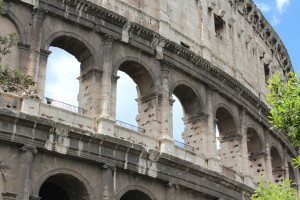 Few cities come close to Rome when it comes to living history. As the capital of modern Italy, Rome is the cultural and social hub of the nation. As the centre of the Roman Empire, it was the epicentre of European world history for centuries. While it is often compared with Paris by those searching for the ultimate European metropolis, the two cities are very, very different. For while Paris is beautiful, elegant and chic, Rome is playful, colourful and energetic.
Few cities come close to Rome when it comes to living history. As the capital of modern Italy, Rome is the cultural and social hub of the nation. As the centre of the Roman Empire, it was the epicentre of European world history for centuries. While it is often compared with Paris by those searching for the ultimate European metropolis, the two cities are very, very different. For while Paris is beautiful, elegant and chic, Rome is playful, colourful and energetic.
My flight on Emirates began with an overlong 14 hour stretch from Melbourne to Dubai. Something I ate at Melbourne airport decided to disagree with me over the Bay of Bengal, which saw me visiting the lavatory more than a few times through the second half of the trip. After a three hour layover in Dubai airport I was back on a plane for a six-hour flight to Rome. The second leg of the flight went very quickly, and along the way we were served by a bunch of model-esque Italian ladies who resided in the Gulf city. Touchdown at Rome airport was smooth, but Rome airport is anything but; the crappy aerotrain was only surpassed in the shitness stakes by the arrivals hall. The airport express train station was staffed by a bunch of dodgy characters who made sure that I, along with everyone else would take their private bus service to the city centre, rather than the state-operated train. It only cost 1 Euro more, but the sleaze was a real turn off. After being dropped off at Termini train station, I walked the last one-and-a-half kilometre to the hotel.
On Sunday afternoon, we went for a stroll around the area immediately surrounding our hotel. It was a splendid afternoon of golden sunshine and a light breeze, perfect for taking in the Trevi Fountain and the Spanish Steps. The Trevi Fountain, in Rome’s historic centre, is a white confection of Baroque sculptures dating back around 280 years. It is one of the most famous fountains in the world, something reflected by the number of tourists packing the tight square and happily snapping away with their cameras. Of course, local folklore suggests that if a visitor tosses a coin into the fountain, they will be assured of a return to Rome – and we obliged! A more serious assessment of the practice reports that around 3,000 Euros are thrown into the fountain each day – coins which are then collected and donated to charity. The beautiful people of Rome were out and about on the streets as we wound our way back towards the Spanish Steps, the famous staircase which descends from the Trinita dei Monti to the Piazza di Spagna at the bottom. As the sun hung low in the late spring sky, palm trees cast their shadows on the straw and ochre-rendered buildings surrounding the square. The Spanish Steps are a favourite hangout for tourists and locals alike, who use the steps as a lounge to swap stories and people watch.
The next day we set out to explore Rome on foot – the best way to do it! My friend commented from the beginning that Rome seems to unfold as you walk through it, unlike Paris which is made of precincts. As you walk from one part to another, it is so easy to be sidetracked by something beautiful or interesting, which then leads to yet another attraction. Before you know it, you’re lost, but the experience is uniquely yours! We wandered in the general direction of Ancient Rome, the section of the city which has not been built over since the days of the Roman Empire. As we ambled along cobblestone streets we caught glimpses of cute laneways, stone buildings and rendered facades, many overflowing with vines or other plants hoisted up over doorways or on to balconies. We very quickly came to the Piazza Venezia, home to a massive stepped building called Altare della Patria (Altar of the Fatherland) which celebrates the unification of the Italian republic in 1925. Despite being a relatively modern building, it was not a victim of modern economics – the lavish decoration on the building tells a story of success and opulence, with sculptures, columns, grand stairways and plinths all replete in gleaming white marble. We took a walk around the building, and up to the balcony which afforded us a view over the Roman Forum to the rear.
The Roman Forum is the name of the vast ruins of the once mighty Roman Empire. At one end of it is the Colosseum; Rome (and possibly Italy’s) most famous attraction. Queues to get into the Colosseum are epic; we recommend buying a Roma Pass, which at 30 Euros allows you free public transport for three days and free entry into two attractions across Rome (choose from a list of over forty). After the first two entries have been used, a concession is afforded on entry to other attractions on the list. However perhaps the greatest advantage the Roma Pass gets you is being allowed to skip the queue at the first two attractions, and if you make the Colosseum one of these, then you’ve just got your 30 Euros worth in convenience!!! Completed 1933 years ago, the Colosseum was once a stadium in which gladiators woul
d fight each other, and also animals, for the entertainment of Roman citizens. Over time, due to natural erosion and the impact of earthquakes, parts of the Colosseum have yielded to the elements. Ring-shaped walls which supported the stadium seating areas have given way – now the inner ring is visible on one side of the stadium, while the outer two walls appear like peeled onion rings on the other side. Entering the stadium is one of those moments you don’t forget – the interior as exactly as you imagine it to be. The soaring walls encircle an arena whose floor has long since fallen in; below the arena were underground pens for contending animals, and these are all now exposed to the outside. About halfway around the arena are steps up to the upper tier – look for the small printed signs which say ‘steps’. The typical mix of annoying and frustratingly selfish tourists populate the Colosseum, making the little trattorias in the streets to the south an appealing prospect after exiting the famous stadium.
Working our way back through the Roman Forum, we began by climbing Palatino Hill, the once posh neighbourhood which was home to Rome’s emperors. Not much is left of Palatino Hill, but parts of Augustus’ palace and a stadium still remain. It’s further down the hill, in the centre of the Roman Forum, where the history really comes alive. Walking along the old streets of Ancient Rome, we could easily imagine the city of 2000 years ago with its grand buildings, many of which are still standing. The soaring columns of T. Antonini and Faustina are still so intact and imposing that they seem to form a true street frontage. Perhaps this is what it is about Rome that is most fascinating; the fact that so much of this still remains intact and in good condition, despite the mega growth of the more modern city around it. From the Roman Forum, we climbed up the steep steps at the rear and into Piazza del Campidoglio, home to the oldest public museum in the world, in the form of the Musei Capitolini, functioning since 1471. Not much later, we were crossing the Tiber River towards Trastavere, a once-working class, now chic neighbourhood. While Trastavere’s exterior is quite shabby, the small laneways off the main street are filled with cute trattoria (eateries) and gelateria. We unfortunately settled on one of the more mediocre options, which left us wishing for something a bit more upmarket – we should’ve looked a bit further. In the afternoon we wandered back towards our hotel near the Spanish Steps, taking in the Pantheon enroute. The Pantheon is a 2000 year old temple-turned-church which remains in excellent condition in the centre of Rome’s historic centre. As we entered the building, the soaring dome dwarfed us and our gasps disappeared up into the ether. A gelato on the Spanish steps rounded out our second perfect day in Rome.
Day three in Rome began with ongoing issues with our Australia Post Load and Go Visa card – the nightmare started when our regular bank wouldn’t allow us to transfer a large amount of money on to the card, and ended when the PIN we were allocated wouldn’t work, anywhere. Eventually we withdrew money at a premium, from the ATM, on our regular cards. We finally had cash in our pockets, but little respect for the pain-in-the-ass Australia Post card. We made a beeline across town to the Vatican City. The Vatican is the world’s smallest nation state. In the centuries leading up to its present form the Pope’s sovereign territory was rapidly shrinking, with more and more of Rome given over to the secular Italian state, which itself was only formed 140 years ago. Eventually, in 1929, a deal was reached whereby the Vatican would become a separate nation state with the rest of Rome confirmed as the capital of Italy. St Paul’s Square is as breathtaking as you would imagine, although it was filled with schoolroom seats the day we arrived, presumably in anticipation of a papal audience the following morning. Even more breathtaking was the queue to get into St Paul’s Cathedral – at least half a kilometer long, although we appropriately thanked the Catholic god that it was moving fairly quickly. The interior of St Paul’s Cathedral was suitably impressive; the stunning frescos and sculptures were simply huge, and the architecture sublime. Enough has been said about the topic that it does not bear repeating here, suffice to say that it left us two non-Catholics very much in awe.
The Sistine Chapel, around the corner from St Pauls Cathedral, is another major drawcard, and requires a Vatican Museums ticket to enter (book online to jump the queue when you arrive). To a history buff, or a scholar of theology, the Vatican Museums would be like a McDonalds playground to a hyperactive child; they are so huge, and so numerous that you couldn’t possibly cover all of them in even a few days. The Sistine Chapel is without doubt the main attraction here though, and how the guards manage to keep the noise to a reverential level inside is truly remarkable. Packed in the darkened chapel, with Michelangelo’s Genesis hovering above, it really feels like a place where history is made, and where the past meets the present. After all, it was in this room just a couple of months ago that the clergy were locked in conclave to elect the current Pope. The crowds are intense and exhausting, however – at the Vatican they are unlike anywhere else in Rome, and all crammed into a much, much smaller space. After leaving my 35th country and returning to the Italian ‘mainland’, we took our last Roman stroll back across the river and into the historic centre. We searched for Piazza Navona, one of Historic Rome’s most lavish public squares, however on the way we happened across a cute laneway. After an impulse decision to wander down it, we emerged on to a small square where the orange and yellow rendered buildings were overflowing with vines and flower pots. Gorgeous women on scooters zapped past, while dapper men hovered around the corner newsagency discussing whatever was happening that day. Instead of continuing on to Navona, we decided to stop in at a little café right there in the much more demure square. Ordering two espressos and a macaron each, and sitting under the shade of our tiny espresso bar’s awning, we took in the magnificent sight of life simply unfolding before us. How very Roman.
When to go
Summer in Europe rocks – come in June, July or August!
Essential Stats
Culture shock: 6/10
Language: 4/10
Food: 9/10
Comfort zone: 5/10
Physical demand: 5/10
Advice and warnings
Rome has a problem with theft, particularly pickpocketing from tourists during busy seasons. Keep a close eye on all your valuables. Rome imposes a bed tax on certain categories of hotel rooms – check with your accommodation when booking.
Check Smart Traveller or the British Foreign Office for more comprehensive warnings.
Visas
Most Australians may enter Italy without the need for a visa, but Pakistanis and Indians must apply for a Schengen visa, which grants entry to several European countries which are part of the Schengen agreement.Pakistanis must pay PKR 7740 – the process takes around one month. Applications in India cost around INR 4325, and take less than 15 business days to process. Apply through your nearest Italian diplomatic mission (Islamabad, Mumbai). Despite being the world’s smallest sovereign state, the Vatican does not impose any border controls, so a Schengen visa will cover the Holy See.
Getting there and around
From Melbourne, Lahore, Sydney and Chennai, Emirates flies to Rome via Dubai.
Melbourne from $1980 return
Lahore from PKR 101,790 return
Sydney from $1998 return
Chennai from INR 55,578 return
Accommodation
We splashed out and stayed at the sumptuous Hotel Eden. Budget options are plentiful, and can easily be booked through Hostelworld, while midrange options are available through websites such as Expedia.

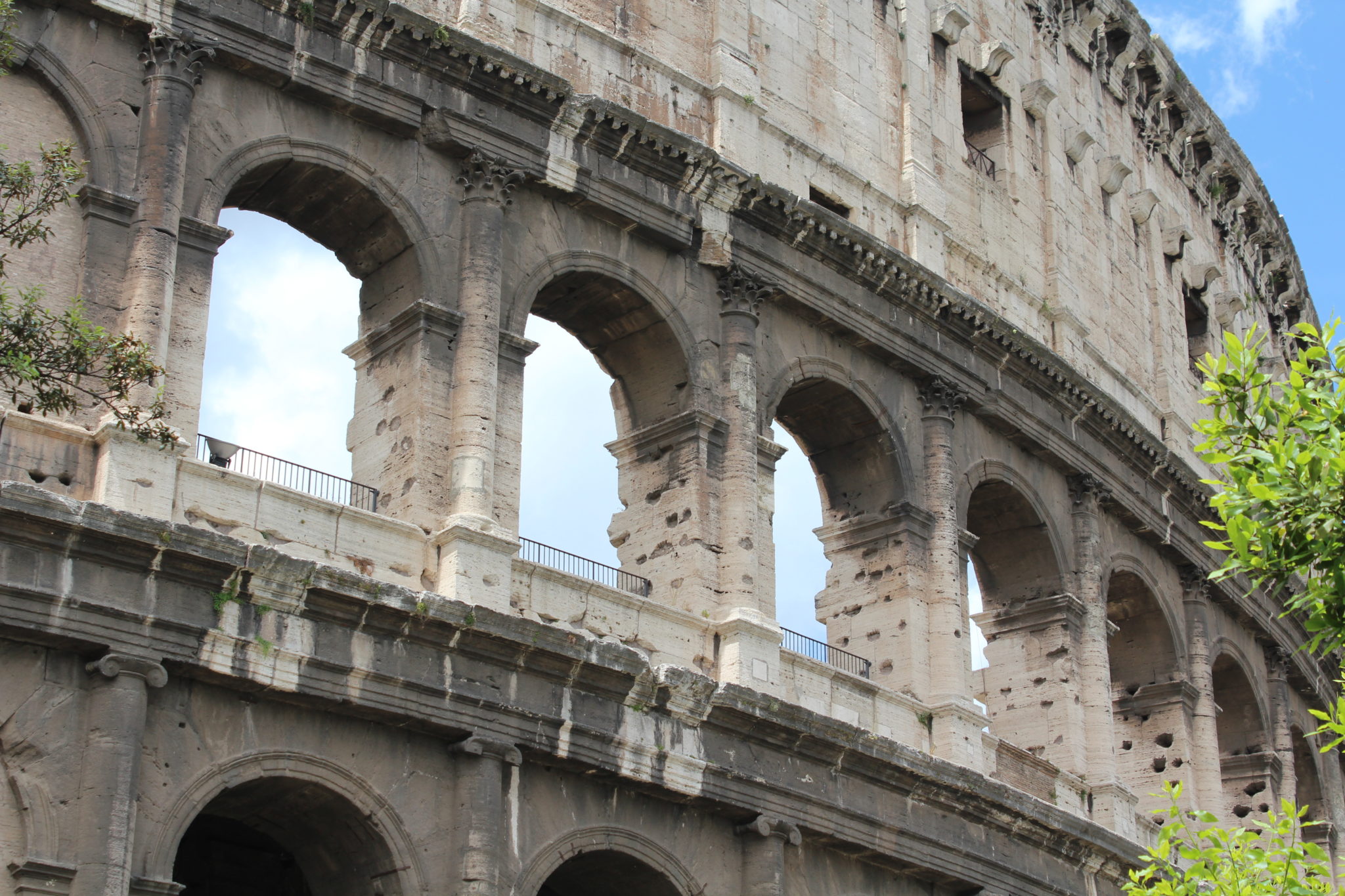
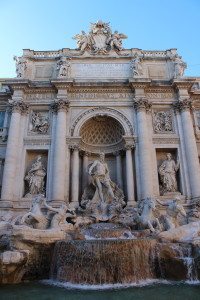
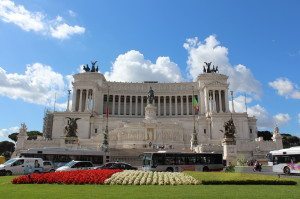
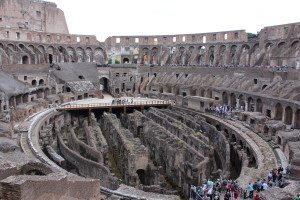
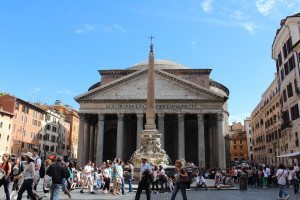
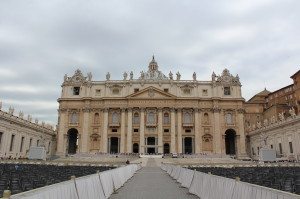
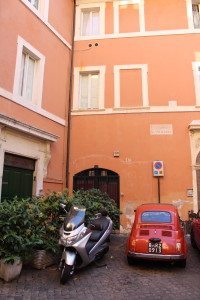
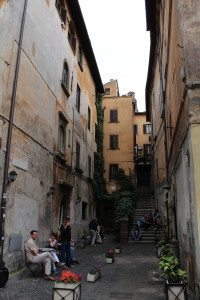



I am so happy you made it to Rome, seriously. Language only 4/10? I know, Italian people love to speak Italian and they are so angry if you speak some English to them. I see you love the food, pizzas are the best!! So true with a pickpocketing problem. We were super careful last time and kept our eyes open all the time! Lovely photos, enjoy!!!
Absolutely loved it!! The food, the cityscape- everything!! And the Italians were all lovely! Thanks for reading 🙂